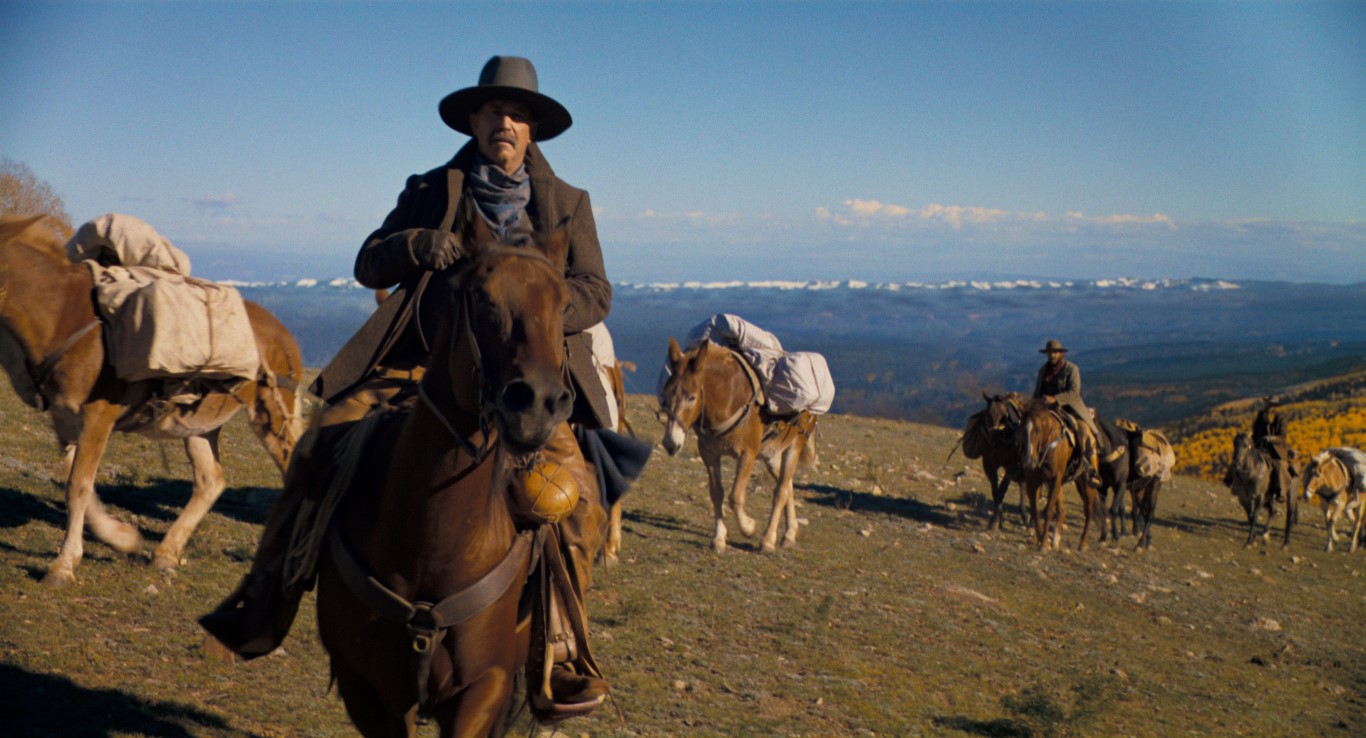The Best Release Like Once Were Warriors 1994 on Netflix

Horizon: An American Saga - Chapter 1
What is Horizon? It's a question that plagues the sprawling cast of characters in Kevin Costner's new Western saga, his return to feature filmmaking after staking out a healthy retirement fund (and keeping himself in the public eye of America's dads) with five seasons on Paramount's popular neo-Western soap Yellowstone. Most of them, one way or another, have been drawn West with the promise of prosperity thanks to mysterious flyers published nationwide; settlers, homesteaders, and forty-niners all rush out there to find their future and their fortune. But, as with so many tales of the frontier, down this way lies danger: Apaches, privateers, the shadows of your past following you into the unknown seeking vengeance. Horizon, it seems, is the intangible dream of westward expansion and Manifest Destiny, the romantic core of this nation's history (and the brutal underbelly of violence that created it). But it's also important to ask what Horizon is for Costner, especially in the context of this first chapter: Part 1, a three-hour prologue that sets up what could be up to three chapters to come but which gives audiences little to grab onto in that lengthy time period. Much like Dune: Part One before it, it's hard to gauge a film's merits when its story is incomplete by its very nature. Comparisons to "How the West Was Won" have been made, but it also evokes the epic miniseries events of the 1970s and 1980s like Lonesome Dove and The Blue and the Grey, multi-night appointment viewing that told novelistic stories with lavish production values. "Horizon" most echoes these in its structure, a TV-etic format that seems oddly fitting for Costner's return to film after so much time in the TV landscape himself. But Part 1's greatest asset (and hurdle) comes from its opening act, the inciting incident for much of the plot's primary thrust. 1859, the San Pedro Valley; a group of settlers put down stakes and form a small tent city, complete with loving families and even a bustling dance hall. Tragically, this bliss is interrupted by a raiding party of Apaches, angry at the "white-eyes" stealing their land, a forty-minute sequence as brutal as it is terrifying. This is the Costner of Dances With Wolves, in all its power and old-fashioned attitudes: scenes full of Western grandeur, yet suffused with an exoticism of Native peoples that hasn't quite updated to the modern day. Continue Reading →

